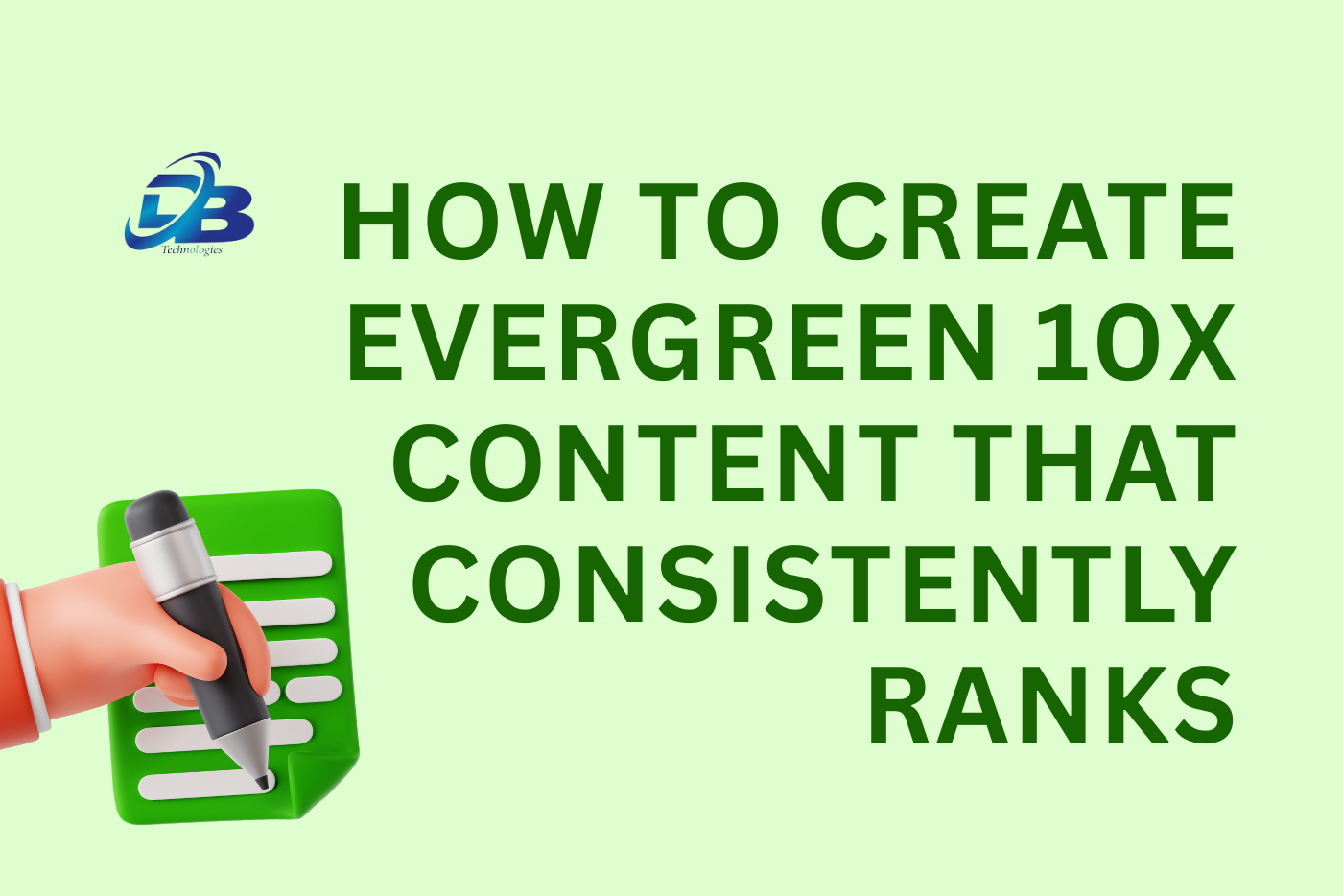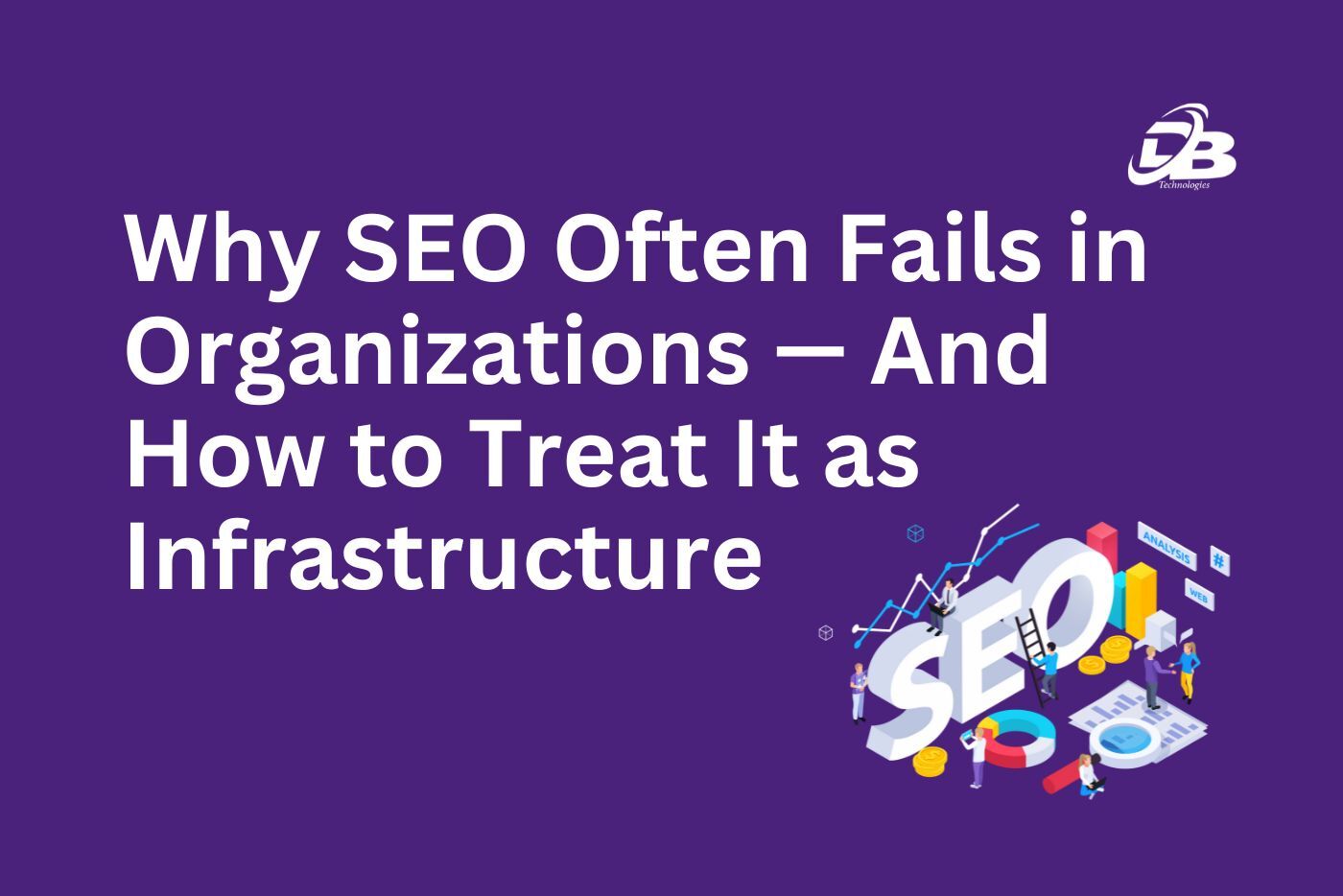
If you’ve ever Googled something and kept seeing the same blog post at the top of the search results for months or even years, you’ve already met evergreen 10x content. This type of content isn’t just good, it’s so useful, detailed, and timeless that search engines (and people) keep coming back to it.
In this article, I’ll break down how to actually create evergreen 10x content that consistently ranks, step by step. I’ll also share real-life examples and a few “insider” mistakes I’ve made so you don’t repeat them. Ready? Let’s dive in.
What Does “Evergreen 10x Content” Even Mean?
Let’s start with definitions (and yes, this part’s important):
1) Evergreen content: Content that stays relevant for a long time. Think “How to Bake Sourdough Bread” instead of “2024 Sourdough Bread Trends.”
2) 10x content: Content that’s literally 10 times better than what already exists. You can say it’s more detailed and helpful.
Example: Brian Dean’s famous “SEO Techniques” post has ranked on the first page for years. Why? Because it’s updated, comprehensive, and people link to it like crazy.
Why Evergreen 10x Content is Worth the Effort
Here are a few research backed reasons to invest:
Most pages never get Google traffic; high-quality content matters. (Multiple industry surveys show a high percentage of pages get little to no search traffic.)
Long term, evergreen content yields stronger ROI vs. chasing only topical spikes ,some research shows evergreen pieces can generate many times the ROI of trend driven posts.
Pages that rank on page one are often refreshed and kept up to date, meaning longevity requires occasional updates (not “set and forget”). Recent analysis shows many page one results were updated within the last 2 years.
Long form, thorough content (when done well) tends to attract more backlinks and depth, but word count alone is not enough , quality and relevance win. Industry studies show average top results are longish, but many counterexamples exist; focus on covering the topic completely rather than hitting a magic word count.
To sum up,
1) Long term rankings: You publish once, optimize, and keep reaping the benefits.
2) Less stress: You’re not constantly chasing news or trends.
3) Higher ROI: Because one great post can outdo 20 mediocre ones.
I once wrote a 3,000-word tutorial on “How to Start a Freelance Writing Career.” That single article still brings in leads every month, and I wrote it over 2 years ago. That’s the magic.
Step 1: Choose the Right Topic
You can’t make evergreen 10x content out of a weak topic. So, pick a topic that’s:
1) Timeless (won’t change dramatically next year)
2) Searched by your target audience
3) Not oversaturated with already amazing posts
Example:
1) “Best AI Tools in 2024” is trendy, but not evergreen.
2) “How to Use AI Tools to Save Time at Work” is much more evergreen.
Step 2: Understand Search Intent
Search intent is just “what the searcher really wants.” If you misread it, your post will flop no matter how good it looks.
Types of intent:
1) Informational: People want to learn (how-to, guides)
2) Transactional: People want to buy
3) Navigational: People want a specific site or brand
Practical move: Type your keyword in Google and check the top 5 results. What type of content dominates? That’s your blueprint.
Step 3: Do the Research
Before you write, collect:
1) Statistics
2) Step by step images
3) Expert quotes or interviews
This is what makes your content 10x instead of 2x.
Research is what turns a normal blog post into a go to resource.
Step 4: Plan Your Structure
Readers and Google both love structure. Here’s a simple format:
1) Catchy intro
2) Clear subheadings (H2 and H3s)
3) Short paragraphs (2–3 sentences)
4) Bullet points for lists
5) Add visuals
Step 5: Write in a Friendly Tone
Evergreen 10x content doesn’t have to be formal. In fact it performs better if it’s approachable. Some tips are:
1) Write like you talk
2) Avoid tough jargon, unless needed
Step 6: Go Deep But Stay Clear
Depth is what makes content 10x. But depth doesn’t mean rambling. It means:
1) Discuss in detail, every sub topic
2) Use examples to clarify your points
For example if you are creating a guide, “ How to start a podcast ”, then simply listing steps like , “ buy a microphone “ , record, upload , would not be sufficient. Explain which microphone to buy, how to record, where to host and how to promote etc.
Step 7: Add real life examples
Examples make your content memorable as people remember stories.
While making a guide on Content upgrades, i wont say create a PDF. I will show how I can add a PDF checklist to one post and get 1,200 new subscribers in a month. That’s the kind of detail people crave.
Step 8: Optimize for SEO Without Killing the Flow
This is where many people mess up. They either ignore SEO or stuff keywords like a turkey. The sweet spot is natural optimization.
1) Place your keyword “evergreen 10x content” in the title, first 100 words, a few subheadings, and naturally in the body.
2) Use related keywords (like “long-term rankings,” “content strategy,” “pillar posts”).
3) Add a meta description
4) Your intent must be to write for humans, and search engines will follow.
Step 9: Make It Visually Appealing
Evergreen 10x content is rarely only text. Add assets that keep users coming back and clicking:
1) Custom diagrams that explain processes (don’t rely on stock images).
2) Before and after screenshots for case studies.
3) Data visualizations for any numbers you provide.
Content upgrades (lead magnets)
1) Printable checklists (PDF)
2) Templates (Notion, Google Sheets)
3) Slide decks or short video breakdowns
These upgrades increase conversions and make your piece a lead generator, not just a traffic source.
Step 10: Add Links
Google loves well connected content. So add Internal and External links.
1) Link to other relevant posts on your site (internal links)
2) Link to credible sources (external links)
It signals trustworthiness. And readers appreciate it too.
Step 11: Incorporate a compelling CTA
Always want to get your readers to take action from evergreen content, whether that’s emailing lists, product trials, downloads or another blog post.
Don’t overthink this. A clear button saying “Download the Free Checklist” or “Read Next: How to Build a Content Calendar” works.
Step 12: Update Regularly
Even evergreen content needs watering. Set a reminder every 6–12 months to:
1) Refresh stats
2) Update screenshots
3) Add new insights
4) Check for broken links
Example: I updated a “Best Free SEO Tools” post every year. Each update bumped my rankings and got me new backlinks.
Step 13: Promote Like Crazy
Hitting “publish” is just the start. Share your post:
1) On social media platforms
2) In your email newsletter
3) With influencers who might share or link
4) On niche communities or forums
5) Even evergreen content needs an initial push to gain traction.
Wrapping up
Creating evergreen 10x content is not a hack. It’s a commitment to quality, usefulness, and follow through. If you invest the time to research, add real value, and maintain your work, you’ll build a resource that keeps working for you , months and years later.
Start small if needed. Pick one high value topic, follow the steps in this guide, and ship it. Then rinse and repeat. Over time you’ll build a portfolio of content that not only ranks, but converts and builds real trust.












